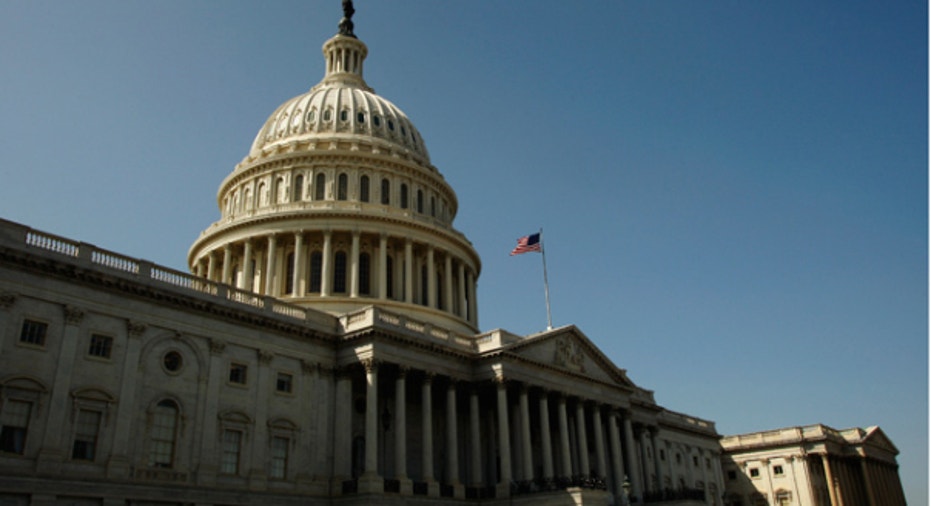More States Feeding from Federal Trough

The 2008 financial crisis left many states with bleeding balance sheets, forcing them to rely on funds from Uncle Sam to make ends meet.
Take a careful look at the map below created by the folks at the non-partisan Tax Foundation. Over the 10-year period running from 2001 through the end of 2010, there was a huge jump in the amount of money per resident that states are spending. (And, yes, these numbers- as well as those elsewhere- are adjusted for inflation.)
Louisiana leads the pack with an increase of more than 63% of spending per resident, with a big part of the spending stemming from the costs of aid and re-building in the wake of Hurricane Katrina. Mother Nature in the form of Hurricane Sandy was also a likely reason New Jersey came in third in terms of states spending the most per individual. But what the heck happened in Wyoming? Per capita spending jumped more than 50% in the Cowboy State- the second-highest increase in spending.
To paraphrase the White Rabbit, things get curiouser and curiouser when you look at the next map. Although many states are showing a sharp increase in spending, the amount they collected in form of taxes did not keep pace. Again, take New Jersey: Government spending rose 48.7%, but the amount of tax collected from residents increased by just 7.2%. Texas actually saw a decline in the amount of tax collected, but spending went up almost 33%.
According to economist Scott Drenkard at the Tax Foundation, “The interesting thing about this is that the period 2001-2011 covers both a boom and a bust. State government direct spending has grown in virtually every state in real dollars. Despite this, only about half the states have [seen an increase] in tax collections in real dollars.”
The question is, how have so many states been able to spend more without collecting more in taxes?
The answer lies in the next map, which shows the amount of money that flows from Washington, D.C., to state coffers. “Federal aid to state budgets is increasing,” explains Drenkard. The two biggest sources are in the form of Medicare payments and federal money for transportation projects.
As an economist, Drenkard describes this trend of states increasingly dependent on the beneficence of Washington to cover their spending gaps as “problematic.” As federal aid makes up a larger percentage of state revenue, states grow more dependent on it. Drenkard says this affects the budgeting process; that is, how and where local officials decide to allocate resources. In other words, it reduces the independence that each state is supposed to have under our dual system of government. “This increase in federal aid presents issues in federalism,” says Drenkard.
In addition, money collected by the federal government and re-distributed, in varying percentages to the states, comes from all over the country. “They are moving money from higher income states to lower income states and this trend is increasing year over year.”
It also destroys the popular notion that, at least at the state and local level, the government you get is the government you pay for, says Drenkard. “It’s a fiscal illusion.” If, in fact, much of the money State X is spending comes from other states via federal aid, residents of State X are getting more than they paid for. “It’s feels like magic. If people are getting services they’re not paying for, they are obviously going to demand them.”